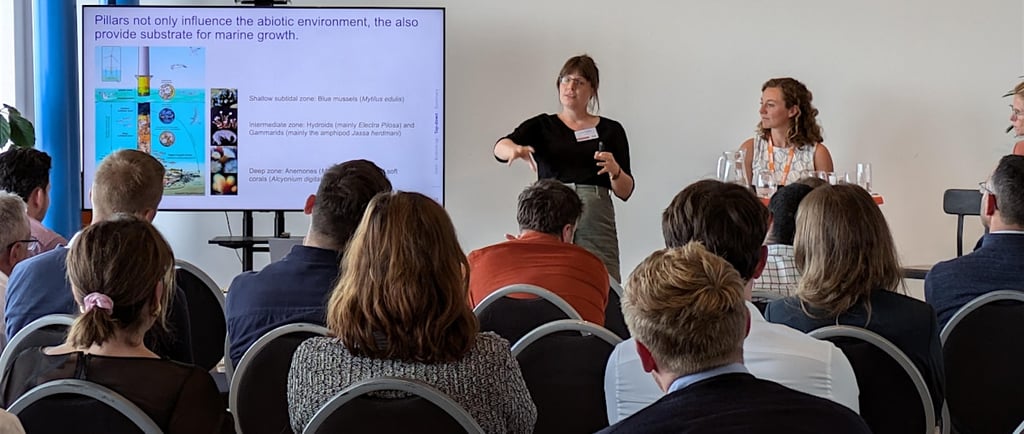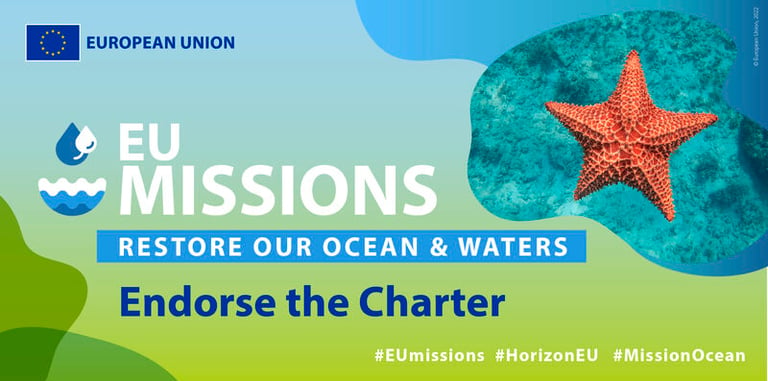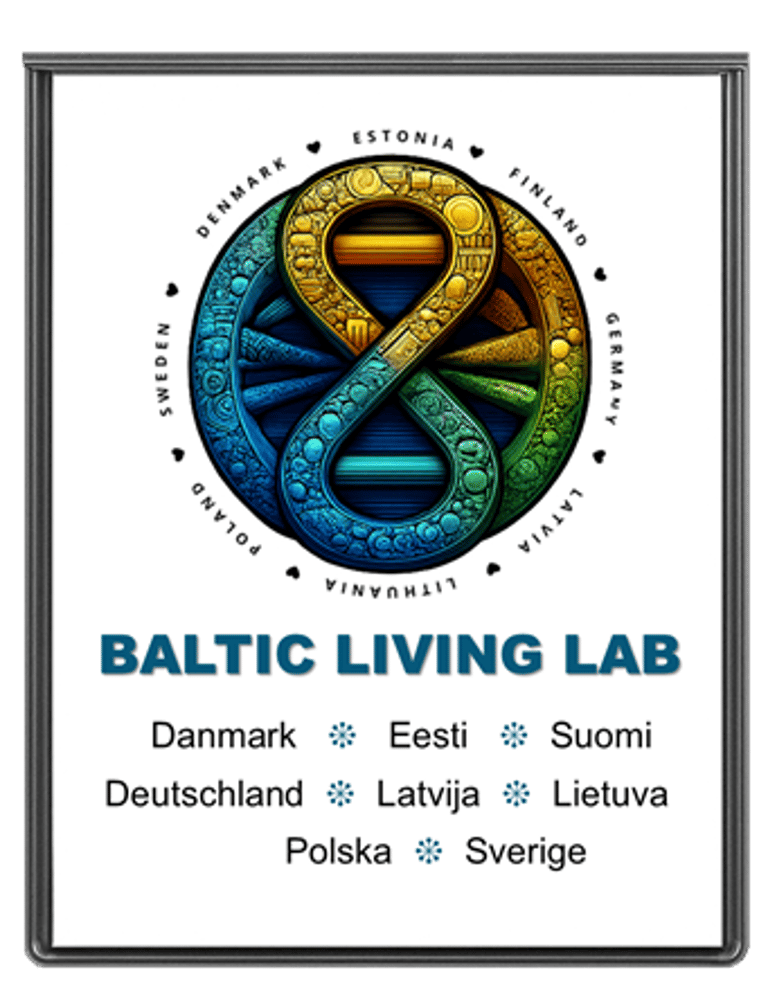Predicting the future by re-imagining the present
Convening the multiple-helix for problem-solving of SHARED environmental challenges FACING the baltic sea region
Offshore Renewal Energy Nature+ Conference, 30 September, The Hague and online
The Nature+ Conference 2025 will deliver a packed and informative program, with sessions ranging from interactive workshop, plenary discussions, outdoor scavenger to exhibitions from the game-changing nature+ innovators that offer solutions to minimize, and even enhance biodiversity such as artificial reefs, habitat creation, as well as innovations to monitor, mitigate and reduce environmental effects, such as bird monitoring, noise mitigation, etc..... Read more
8/8/20252 min read


Over the course of 10 years, offshore renewable energy (ORE) has developed greatly and gradually became a dependable source of energy, with offshore wind farms massively expanding across European countries, offshore solar solutions scaling along the Europe coastlines. With the rapid development of offshore renewable energy, minimizing the environmental impact while enhancing the natural environment is one of the key priorities. When rolling- out offshore energy infrastructure, great importance is put on nature-inclusive development and enhancing biodiversity. The goal of such efforts include avoiding, minimizing and mitigating the potential environmental impacts, as well as positive contributions to ecological functioning of endangered species. Offshore installations can have positive effects on the local environment and can support biodiversity restoration.
Nature-inclusive designs include site selection avoiding e.g. seabird feeding areas, offshore construction timing to minimize effects on fish, and routes taken by construction vessels positioning in order to minimize the disturbance to seabirds. Monitoring, predictive computational modeling and adaptive operations like switching off a wind park to avoid collisions with migratory birds can minimize impacts further. Other examples of environmental impact mitigation include painting offshore infrastructure including wind turbine blades, piles or cables in a pattern that minimizes the incidence of collisions with birds or entanglement with fish and sea mammals. Monitoring and adaptive operations can minimize the impacts further. Where possible the offshore renewable energy installations could help restore, offset and enhance the ecosystem by ensuring positive effects on biodiversity e.g. by creating artificial reefs or re-oxygenation of oxygen deficient zones, among others.
The Nature+ Conference 2025, taking place in person and online, will deliver a packed and informative program, with sessions ranging from interactive workshop, plenary discussions, outdoor scavenger to exhibitions from the game-changing nature+ innovators that offer solutions to minimize, and even enhance biodiversity such as artificial reefs, habitat creation, as well as innovations to monitor, mitigate and reduce environmental effects, such as bird monitoring, noise mitigation, and more, covering the following topics:
🔸What do we (not) know about the impact of ORE on the marine ecosystem
🔹Overview of the nature+ landscape including the most promising innovations
🔸Circular design and lifecycle thinking to reduce impact of offshore renewable energy projects
🔹Scaling up nature-oriented solutions.
Hosted by the DMEC - Dutch Marine Energy Centre, an accelerator for offshore renewable energy solutions with a mission to advance the development, deployment & operation of innovative offshore renewable energy solutions promoting a sustainable energy future for all. Event registration: https://www.eventbrite.nl/e/tickets-dmec-nature-conference-1098117682549?aff=oddtdtcreator
Connect
Collaborate
info@BalticLivingLab.org
© 2025. All rights reserved.


In Support of the EU Mission Ocean
created as a resource hub for the Horizon SHORE project by Global Skills Network, Estonia




